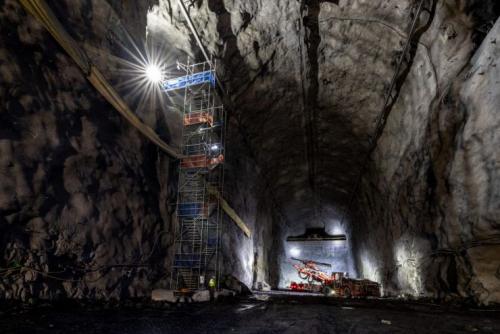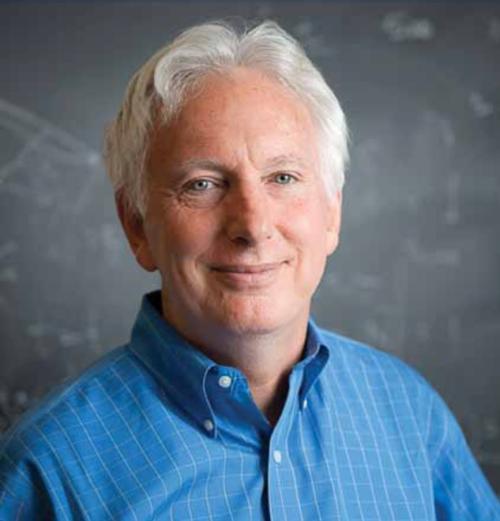Deep Underground Neutrino Experiment (DUNE) now Fully Excavated at Sanford Underground Research Facility

The DUNE detectors and the neutrino beam from Fermilab will be able to determine the ordering of the neutrino mass hierarchy and discover CP violation, if it exists at a level large enough to explain the baryon/antibaryon asymmetry of the universe.
UC Davis is one of a handful of founding institutions for DUNE. Professor Robert Svoboda served as the Principle Investigator of the initial National Science Foundation project and as the founding scientific co-Spokesperson from 2009-2012, when the original international science collaboration was formed. During this time the site selection in South Dakota was finalized, the initial scientific goals and sensitivities were explored, and the project was accepted by funding agencies in the US and abroad as a goal for the world physics community. The international community endorsed the idea of a multi-purpose detector capable not only of measuring basic neutrino properties but also of detecting astrophysical neutrinos from the sun and exploding stars (supernovae), setting a high bar (and low depth!) as an ambitious but achievable goal.

The Svoboda research group made seminal contributions to the scientific design of the experiment. These include: (1) the first realistic calculation of the interaction probability of solar and supernova neutrinos with the liquid argon target material (PhD student Steven Gardiner), (2) the first precision measurement of the probability for neutrons from neutrino interactions to stop and give a flash of gamma rays (postdocs Chris Grant and Vincent Fischer), (3) the confirmation of the existence of a quantum-mechanical "resonance window" in neutron transport in liquid argon that lets neutrons travel many tens of meters instead of immediately being stopped (with Professors Mike Mulhearn and Emilija Pantic; PhD students Yash Bezawada, Tyler Erjavec, and Junying Huang; postdocs Luca Pagani and Jingbo Wang), and (4) the invention of a way to calibrate the giant underground liquid argon neutrino detectors using a deuterium-deuterium fusion device (postdoc Jingbo Wang). This final, rather bizarre idea has been tested at the CERN lab in Geneva, Switzerland and found to be feasible and cost effective.
Professor Svoboda and his group are currently developing an entirely new type of neutrino detector that would allow DUNE to detect not only just supernovae in our home galaxy, which happen at most a few times per century, but also measure the combined neutrino output all the supernovae ever from all galaxies. These neutrinos should be flooding our universe but have yet to be detected (postdocs Gian Caceres-Vera and Paul Hackspacher; graduate students Julie He and DeAngelo Wooley).
Published: February 13, 2024, 9:12 am
